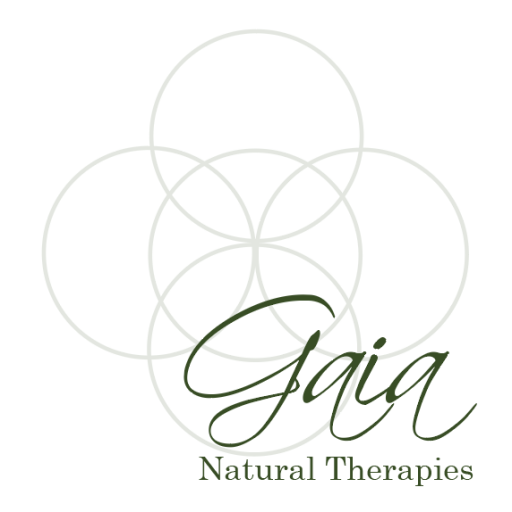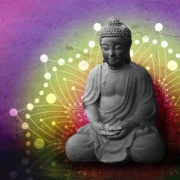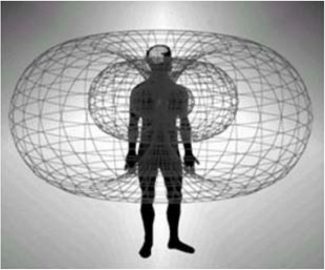The Power of Guided Imagery and Metaphors
Hypnotherapy for Stress and Anxiety Relief

With all the hustle and bustle of our busy world today, many have found that stress and anxiety have become common issues that can have a significant impact on our mental health and well-being. Fortunately, a valuable technique often used in hypnotherapy, known as guided imagery, when combined with the use of metaphors, has been proven to effectively alleviate stress and anxiety.
So, let us explore what guided imagery is, how it is used in hypnotherapy, and the role metaphors play to support this therapeutic approach. Additionally, five practical tips have been included at the end of this article to be used to enhance the effectiveness of guided imagery and metaphors in hypnotherapy for stress and anxiety relief.
Firstly, let’s look at what guided imagery is. It is a relaxation technique that involves using mental images to stimulate the senses and create a desired state of mind. It relies on the power of the imagination to evoke vivid sensory experiences, transporting individuals to a calm and serene mental space. By engaging the senses (smell, taste, touch, sound) through visualization, guided imagery helps bypass the conscious mind’s barriers and accesses the subconscious, where positive change and emotional healing can occur.
Guided Imagery
Guided imagery, when used in conjunction with hypnotherapy—a therapeutic approach that utilizes hypnosis to induce a heightened state of suggestibility—provides an ideal platform for incorporating and maximizing the benefits of the client’s imagination. During a hypnotherapy session, a trained therapist guides the client into a deep state of relaxation (hypnosis) and then introduces visualizations tailored to the individual’s specific goals.
To alleviate stress and anxiety, guided imagery in hypnotherapy often involves mentally creating (thinking, visualizing, imagining) a peaceful scene or environment. By doing this, you are assisting the client in building an image. It may be described as a tranquil beach, a serene garden, or any other soothing setting that resonates with the client. Alternatively, the therapist may have the client develop and engage in their own calming, tranquil, safe place. Once established, through the therapist’s guidance, the client engages all of their senses, visualizing the colors, sounds, smells, and textures of this space. They are immersed into the experience, which helps the client shift their focus away from stressors and induces a state of relaxation and inner peace – calmness.
Metaphors
When metaphors are used in conjunction with guided imagery, metaphors become powerful tools used to support the imagery. The subconscious mind loves to be creative, and thus, this enhances the client’s ability to tap into the subconscious mind’s symbolic language, making complex concepts and emotions more accessible and relatable. By using metaphors, therapists can bypass potential resistance and work with the client’s deeper understanding.
In the context of guided imagery, metaphors are employed to enhance the effectiveness of the visualizations. For instance, a therapist may use the metaphor of a gentle breeze to represent the release of tension and worry. By associating the sensation of a gentle breeze with relaxation, the client’s subconscious mind can create a strong link between the two, making it easier to evoke a sense of calm when the metaphor is employed in subsequent sessions or even in daily life.
Metaphors can also be utilized to reframe and transform negative thought patterns. For example, a therapist might compare negative thoughts to dark storm clouds and guide the client to visualize the clouds dissipating, revealing a clear blue sky. This metaphorical transformation helps individuals reinterpret their negative thoughts and emotions, promoting a more positive and optimistic outlook.
In summary, when guided imagery is accompanied with the use of metaphors, a powerful technique for relieving stress and anxiety is created within the realm of hypnotherapy. By implementing the tips offered below, anyone can enhance the effectiveness of a guided imagery session, ensuring a personalized and impactful experience for clients. By tailoring imagery, engaging all the senses, using resonant metaphors, and then incorporating post-session practice, such as combining guided imagery with breathing exercises, you are contributing to a more profound relaxation response and long-term stress management regime.
If you need to seek the guidance of a trained hypnotherapist or spiritual life coach, please call Deirdre. She will ensure safe and effective utilization of these techniques. With dedication and practice, guided imagery and metaphors can provide valuable tools for alleviating stress and anxiety, fostering positive mental well-being and a greater sense of inner peace.
As promised, here are five tips to enhance guided imagery and metaphors in hypnotherapy for stress and anxiety relief:
Five Tips of Use:
- Tailor the imagery to the individual: Recognize that each person’s experience and preferences may vary. Take the time to understand the client’s unique needs and interests to create visualizations that resonate with them personally. By customizing the imagery, it becomes more meaningful and engaging for the individual, thereby maximizing its therapeutic impact.
- Engage all the senses: Encourage clients to utilize all their senses during the guided imagery process. Prompt them to imagine the sights, sounds, smells, tastes, and textures of the imagined environment. By involving multiple senses, the experience becomes more immersive, enhancing relaxation and reducing anxiety.
- Use metaphors that resonate: Choose metaphors that have personal relevance to the client. Metaphors should align with their values, beliefs, and experiences. This ensures a deeper connection to the metaphorical transformation and enhances its impact on the subconscious mind. Personalized metaphors facilitate a stronger emotional response and promote lasting change.
- Encourage post-session practice: Empower clients to practice guided imagery outside of therapy sessions. Provide them with audio recordings or written scripts of the visualizations to use independently. Regular practice strengthens the neural pathways associated with relaxation, making it easier for clients to access a state of calmness during stressful situations. Consistent practice reinforces the positive effects of guided imagery, leading to long-term stress and anxiety reduction.
- Combine guided imagery with breathing exercises: Integrate deep breathing techniques with guided imagery to amplify the relaxation response. Instruct clients to take slow, deep breaths as they engage in the visualization process. Deep breathing promotes relaxation, reduces anxiety, and enhances the overall effectiveness of guided imagery. Encourage clients to practice deep breathing alongside their guided imagery exercises, both during therapy sessions and in their everyday lives.

D’arcy-Sharpe, A.-M. (2020, May 30). https://www.pathways.health/visualization-guided-imagery-for-pain-relief/. Retrieved from https://www.pathways.health: https://www.pathways.health/visualization-guided-imagery-for-pain-relief/
LAMBERT, S. A. (1996). The Effects of Hypnosis/Guided Imagery on the Postoperative Course of Children. Journal of Developmental & Behavioral Pediatrics, 17(5):p 307-310.
Pincus, David, and Anees A. Sheikh. (2011). David Grove’s Metaphors for Healing. Retrieved from https://digitalcommons.chapman.edu/: https://digitalcommons.chapman.edu/cgi/viewcontent.cgi?article=1042&context=psychology_articles





 Credit: Alexandra_Koch
Credit: Alexandra_Koch
 Deirdre Leighton
Deirdre Leighton


 Credit: Alexandra_Koch
Credit: Alexandra_Koch